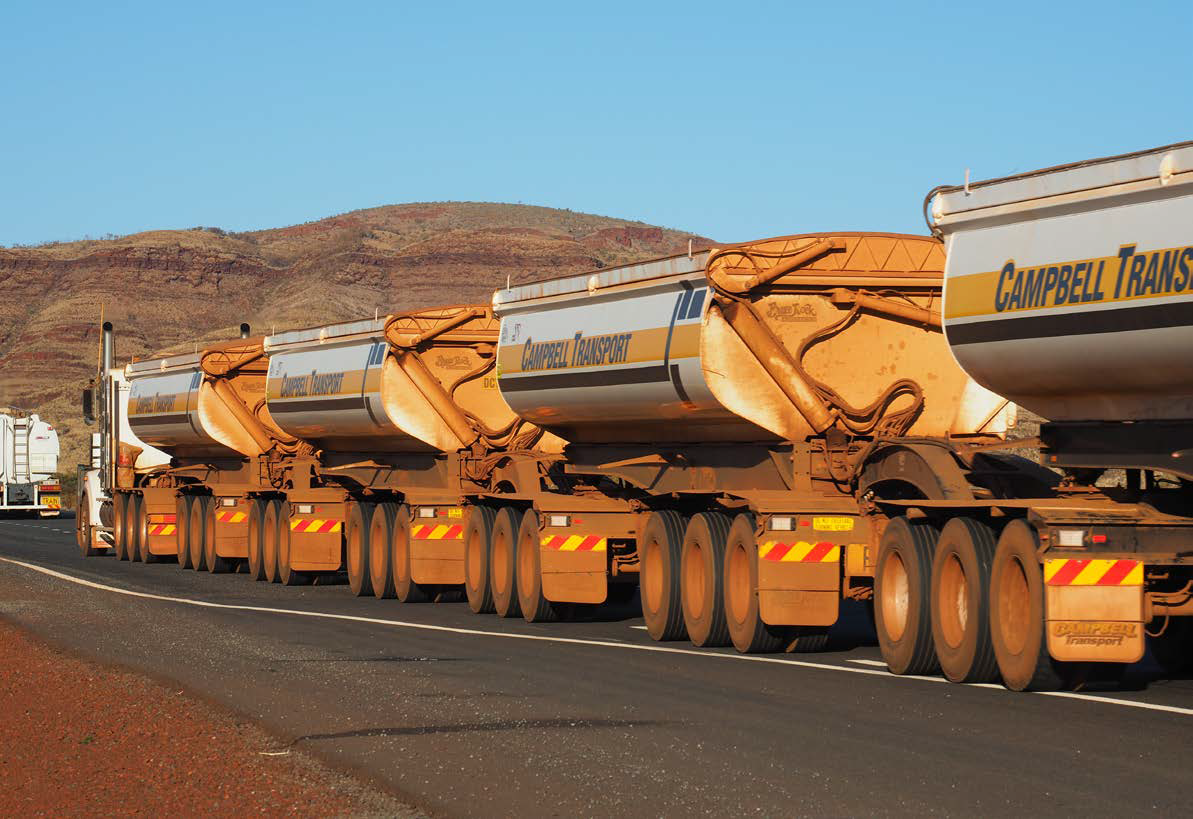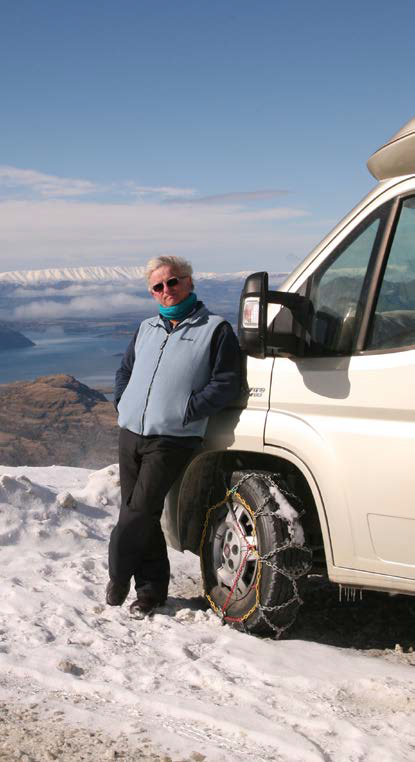
On social media sites, there are a small number of topics that get regular attention. One of them usually starts with something like, “Newbie here, what sort of tyre pressures should I run on my Euro truck-powered Tardis motorhome?” which is an excellent question. Unfortunately, like a few other technical/safety-type topics, the answers given often need to be more helpful, not always conducive to good tyre life and, in a small number of cases, dangerous. Solutions like “We found that running at 85psi gave too harsh a ride, so we lowered all the tyre pressures to 70psi all round” can be misleading because it’s not a good assessment of correct tyre pressure. Digressing slightly here, it’s interesting to note that although we have been a metricised country for some years, Pounds per Square Inch (psi) is far more commonly used than kilopascal (kph), and any who uses the air pump at a servo will know that 32psi is the going rate for cars!
The problem with tyre pressures in motorhomes is that there are many variables. Take your pick – GVM, individual loading, motorhome length, overhang length, axle loads, vehicle suspension and, depending on where you are, temperature extremes. The other problem is that although motorhomes use commercial vehicles for motive power, the usage is quite different. Delivery vehicles, for instance, will be constantly loaded and unloaded. In contrast, motorhomes have a reasonably constant load all the time and, er, in some cases, that’s constantly overloaded all the time!
JARGON BUSTER
So, what’s the solution? I’ll talk about tyres first. They might all look alike, but tyres designed for cars, trucks, trailers and motorhomes are all slightly different. The hieroglyphs on the tyre’s side tell you everything you need to know. Most commonly seen is something like 225/65 R16 C. Diagnosed that means the tyre has a tyre width of 225cm and sidewall height that is 65% of the tyre width. The R indicates the tyre is of Radial construction, and the last letter or letters refers to the use. C is a Commercial type of van, a designation seen on several motorhome tyres, but the preferred choice, if available, is CP (Commercial Passenger). Those types of tyres are specifically designed for heavier motorhomes; they have extra stiff sidewalls. The Michelin website michelin.co.uk/auto/advice/van/motorhome-tyres explains this quite well. The other designation often seen in the RV world is LT. Standing for Light Truck, it’s the preferred choice for caravans. There may be other markings that refer to the load index speed symbol, and the manufacturer date.

WEIGHING UP
Unless doing some loading checks, all tyre pressures should be measured cold. To get the correct tyre pressure, if you still need to do it, the first step is to get your fully loaded motorhome, including driver and passenger, weighed at a public weighbridge. To find a weighbridge in your locality: industry.gov.au/national-measurement-institute/trade-measurement/weighbridgesused-trade/find-public-weighbridge? Not only are you interested in the overall loaded weight, but the individual weights axles should be checked as well. Ahem, suppose it’s discovered that the Gross Vehicle Mass (GVM) has been exceeded or the axle weights are higher than the manufacturer’s specifications. In that case, that matter must be addressed before anything about tyre pressures is done. The rear axle, in particular, is often vulnerable to overloading. Once that’s done, the next step is to find out what air pressure the manufacturer of your motorhome tyres recommends for your measured axle weights. Air pressures might differ for the front and rear wheels but should be the same on each side. I looked up one chart for specialised (CP) tyres tyresafe.org. For an axle loading of 2016kg, the recommended tyre pressure is 70psi. For an axle loading of 2240kg, the tyre pressure goes up to 80 psi. However, the particular tyre manufacturer should be contacted for specific details. Toyo tyres, for instance, toyotires.com.au/news/caravan-and-motorhome-tyre advice, gives the technical manager contact details.
All this might sound like a considerable amount of fiddling around. Still, it’s far better than, at best, being caught out with an overloaded vehicle, poor tyre life or worse, having a severe accident because of a tyre blowout.

TYRE CARE
Once the correct tyre pressures are established, it’s a matter of checking the tyre pressure regularly. In addition to that, a regular inspection for cracks, tyre wear and wall damage should be done from time to time, particularly before a long trip. Something that catches people out is that even though the tread might still be good, tyres have a life (usually considered to be about five years), and that’s more of a problem for the motorhome world rather than the commercial world. Tyres are date stamped, something like 3417, which means being manufactured in the 34th week of 2017. Apart from the safety features, a prime benefit of looking after your vehicle’s tyres is that the return will be an excellent economic life.
Category: Features
Written: Sun 01 Oct 2023
Printed: October, 2023
Published By: